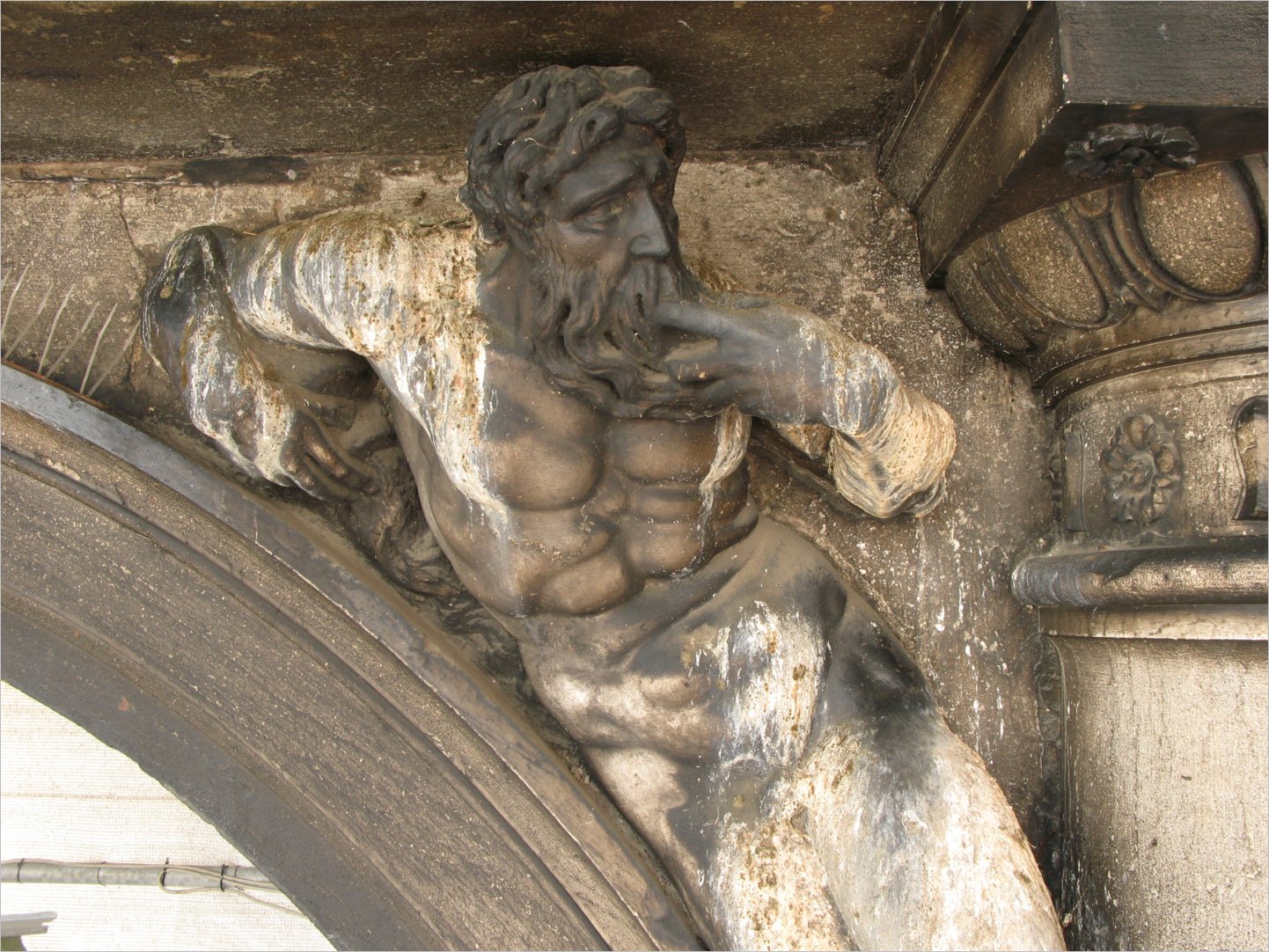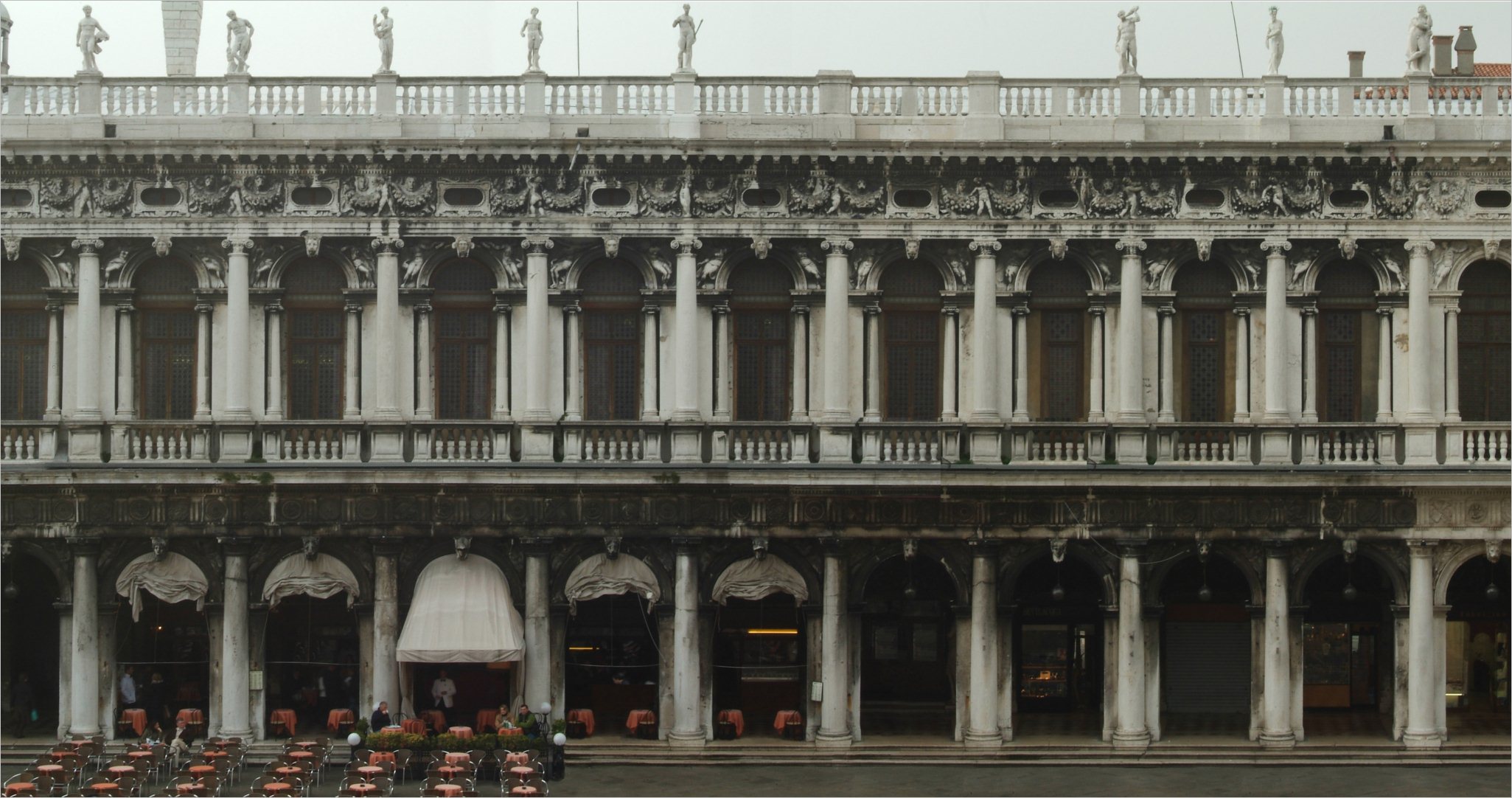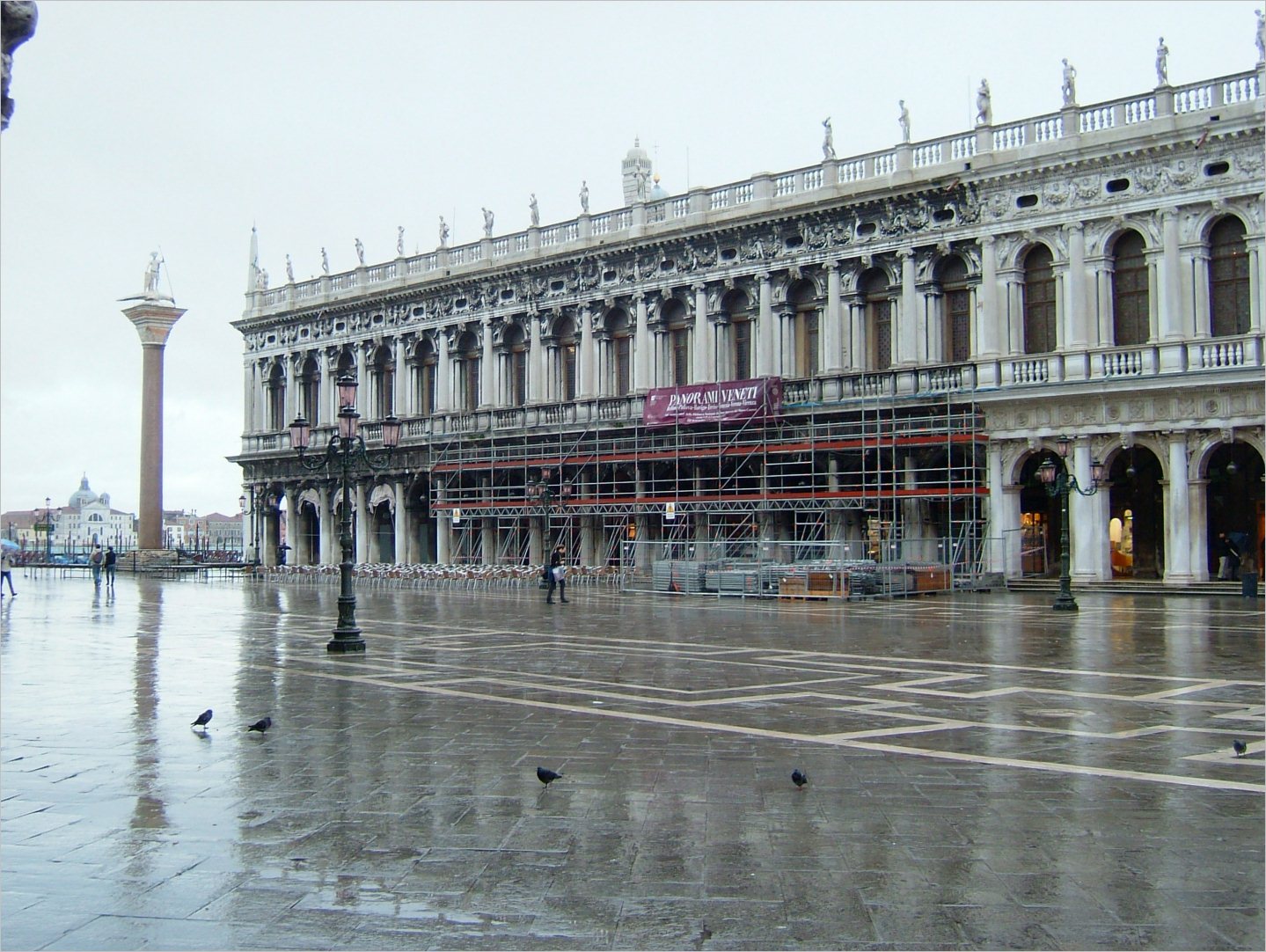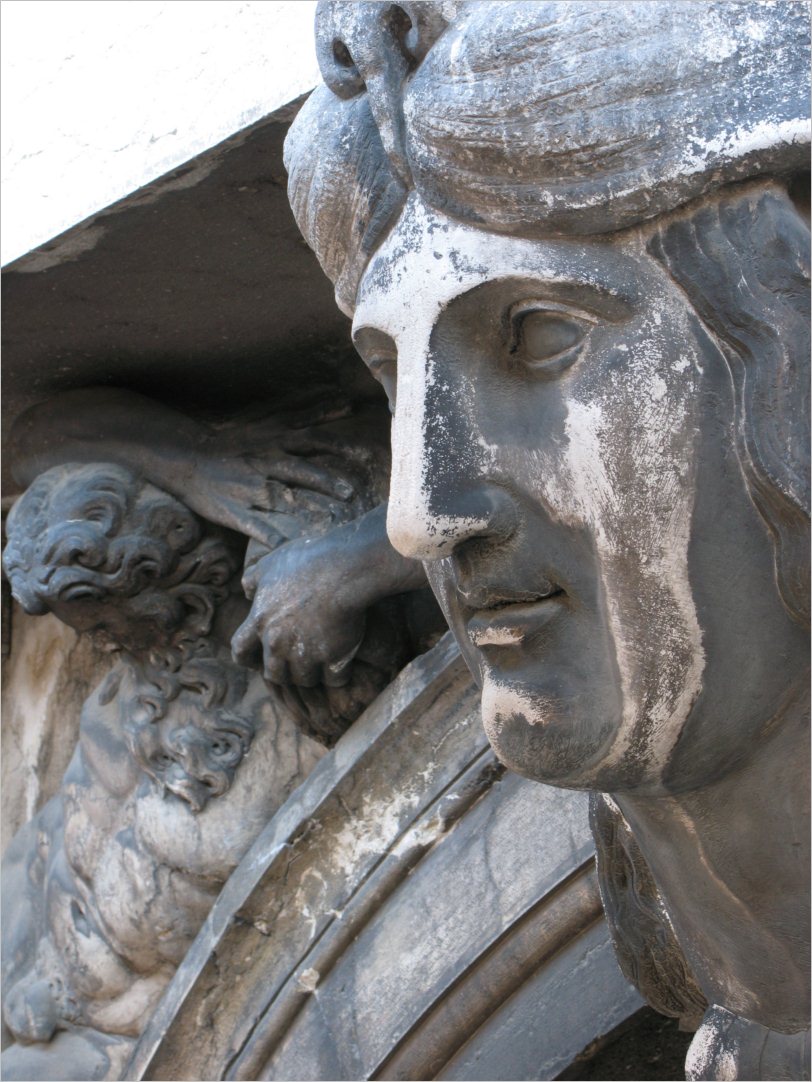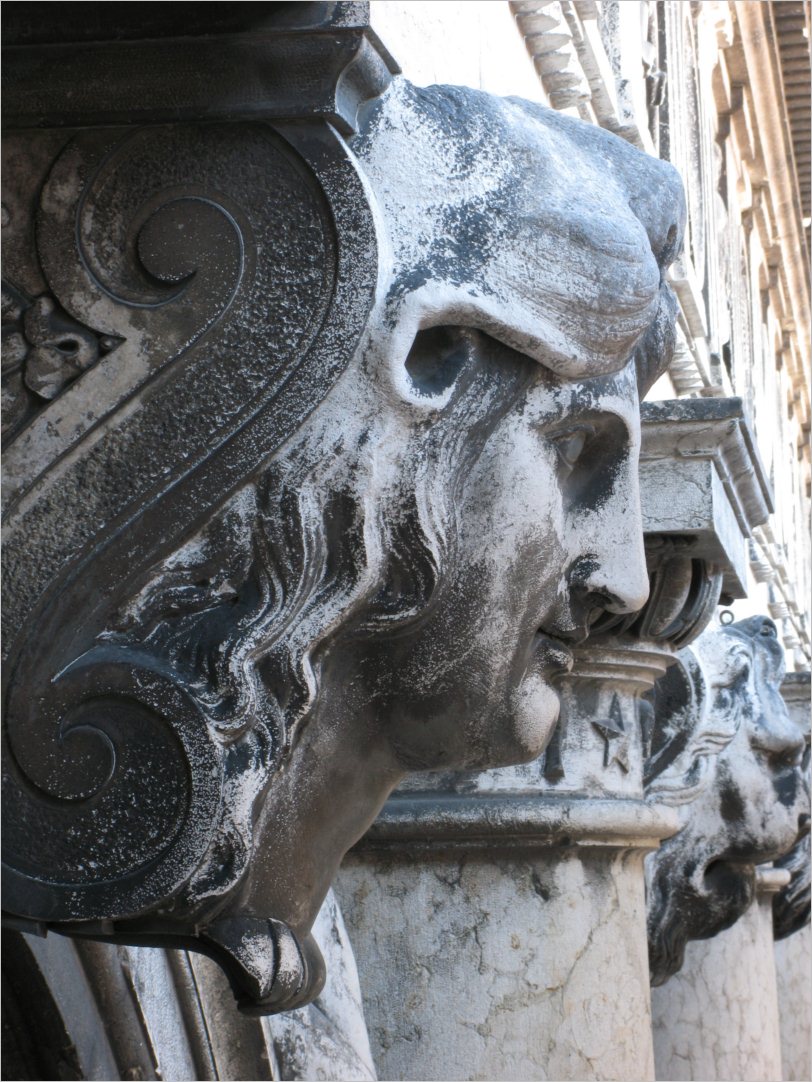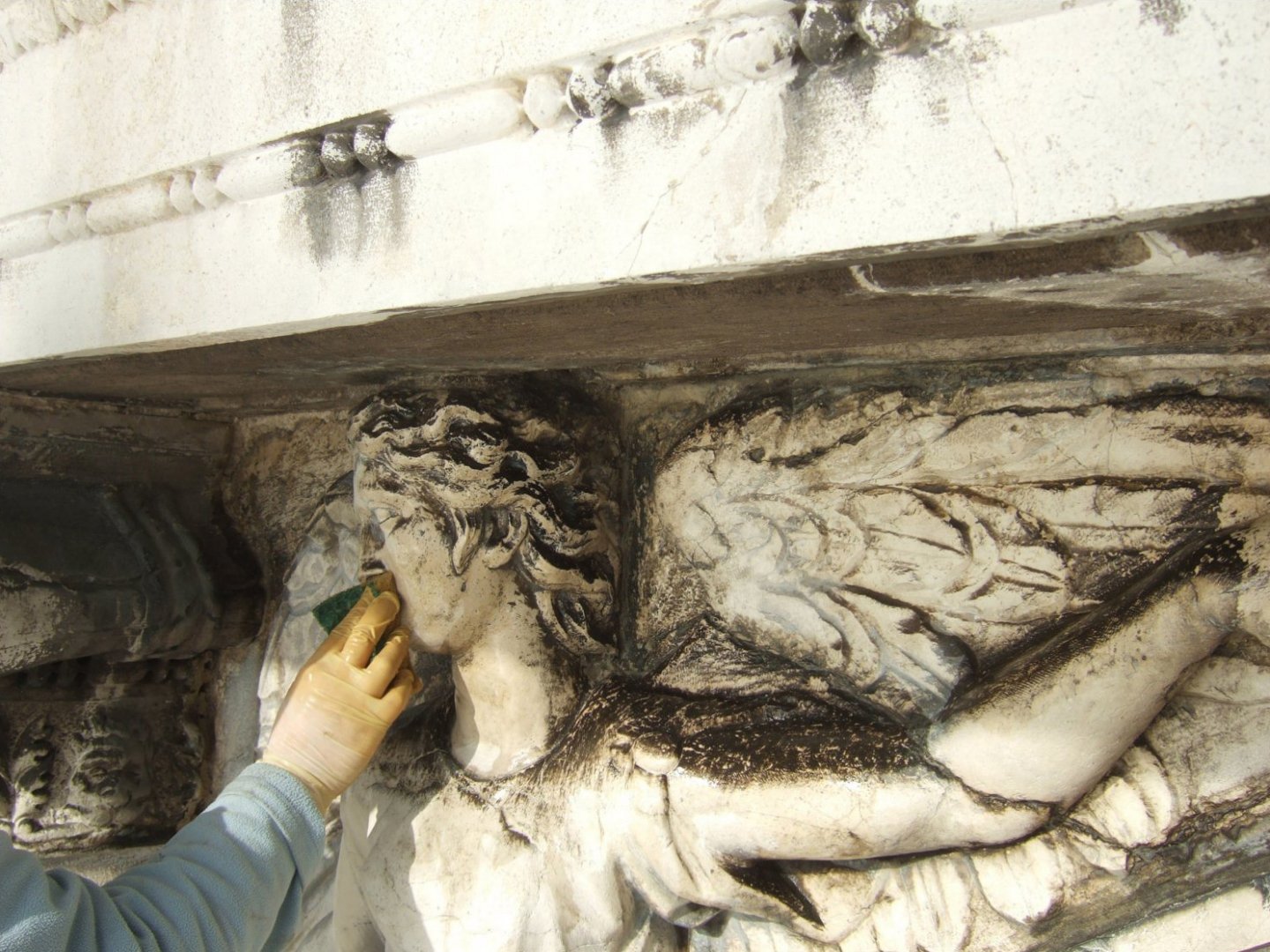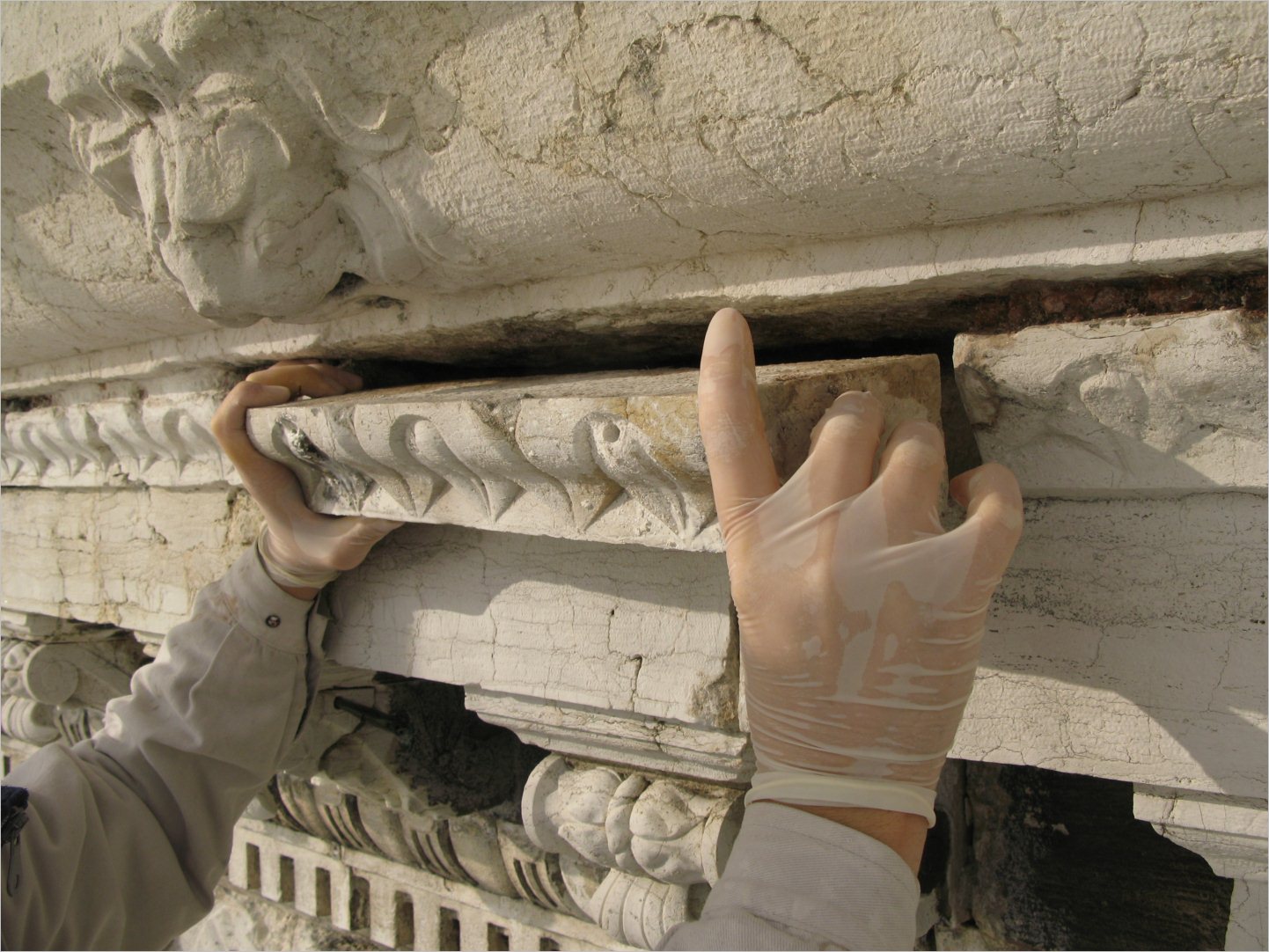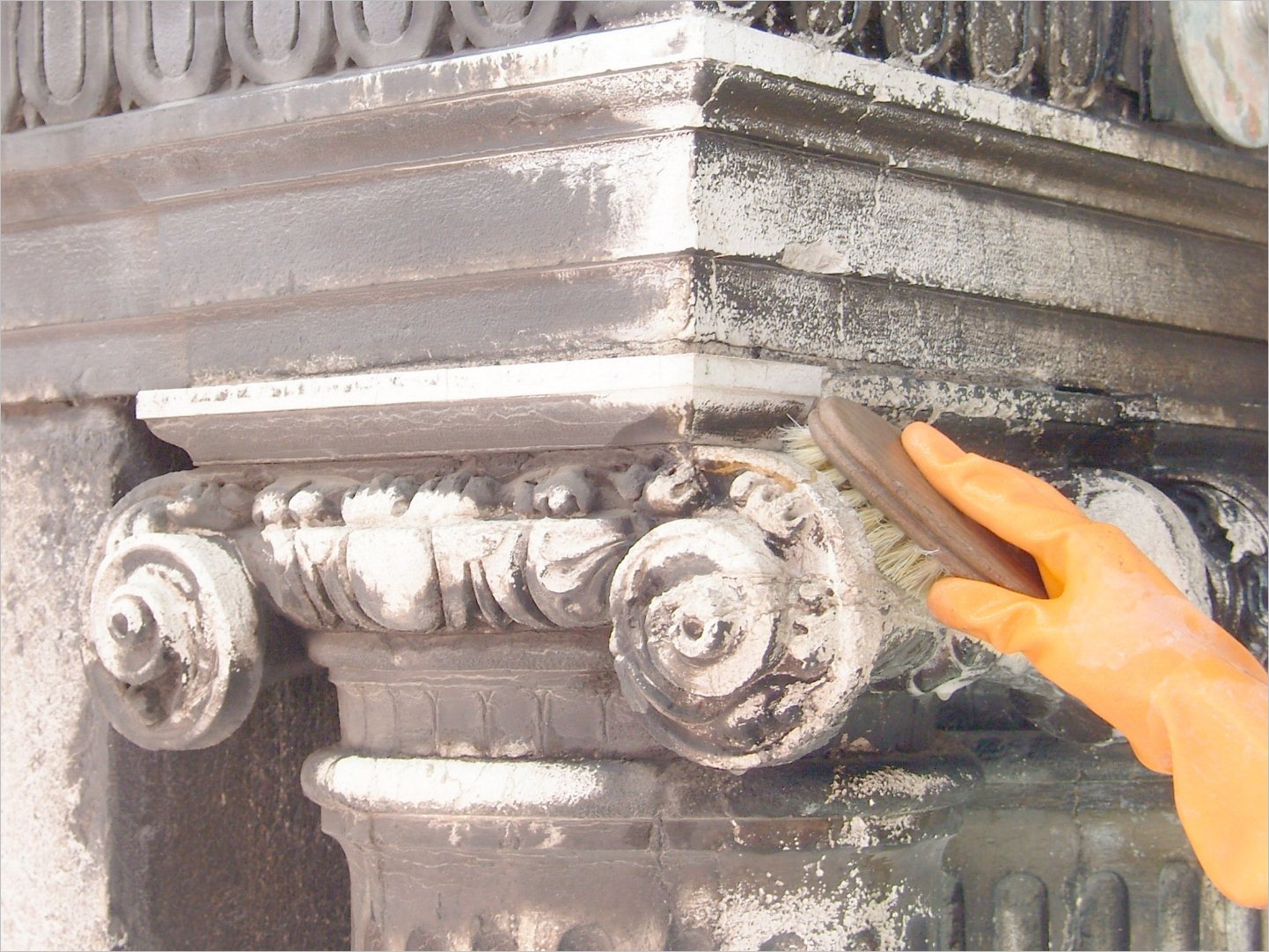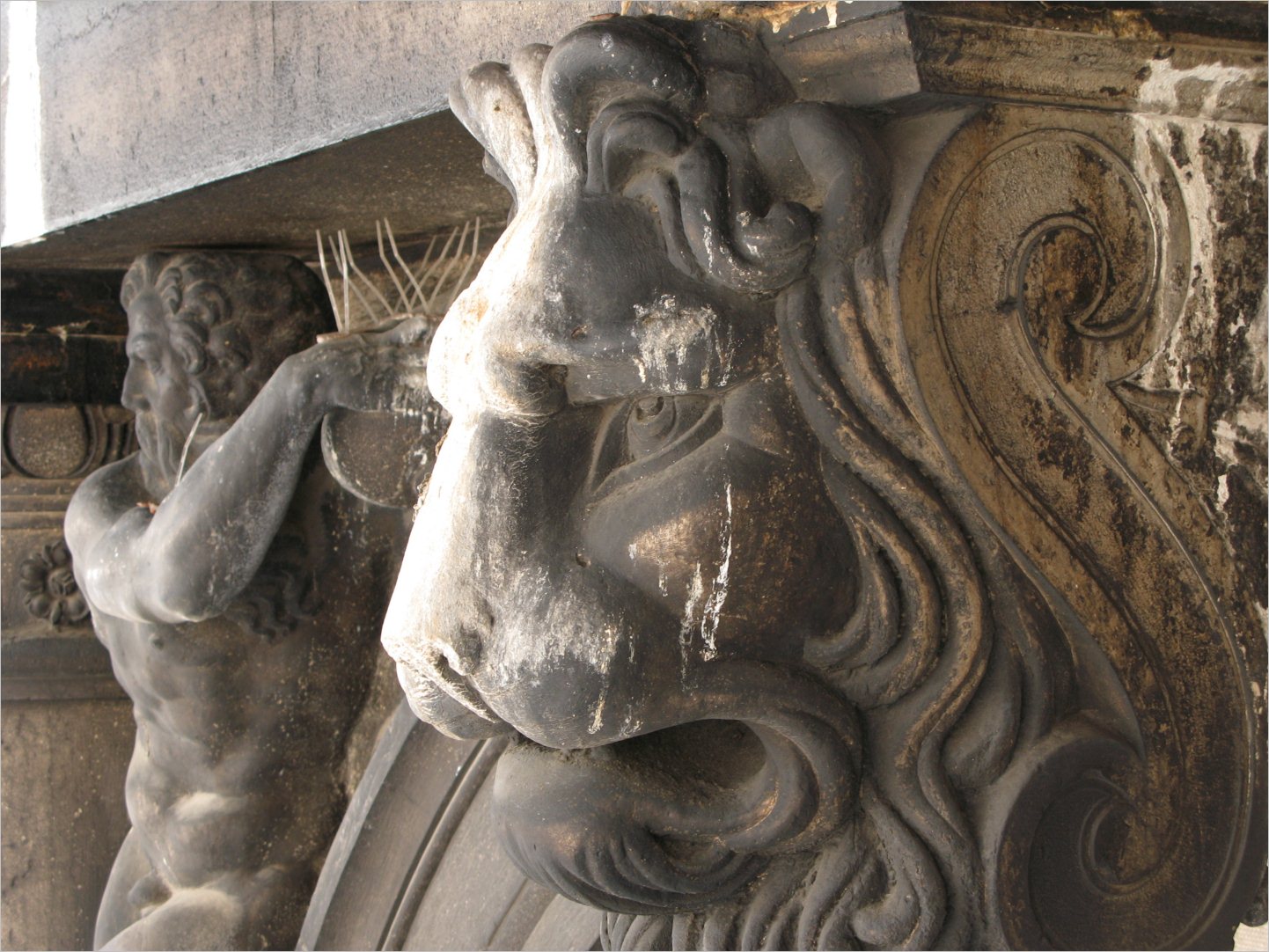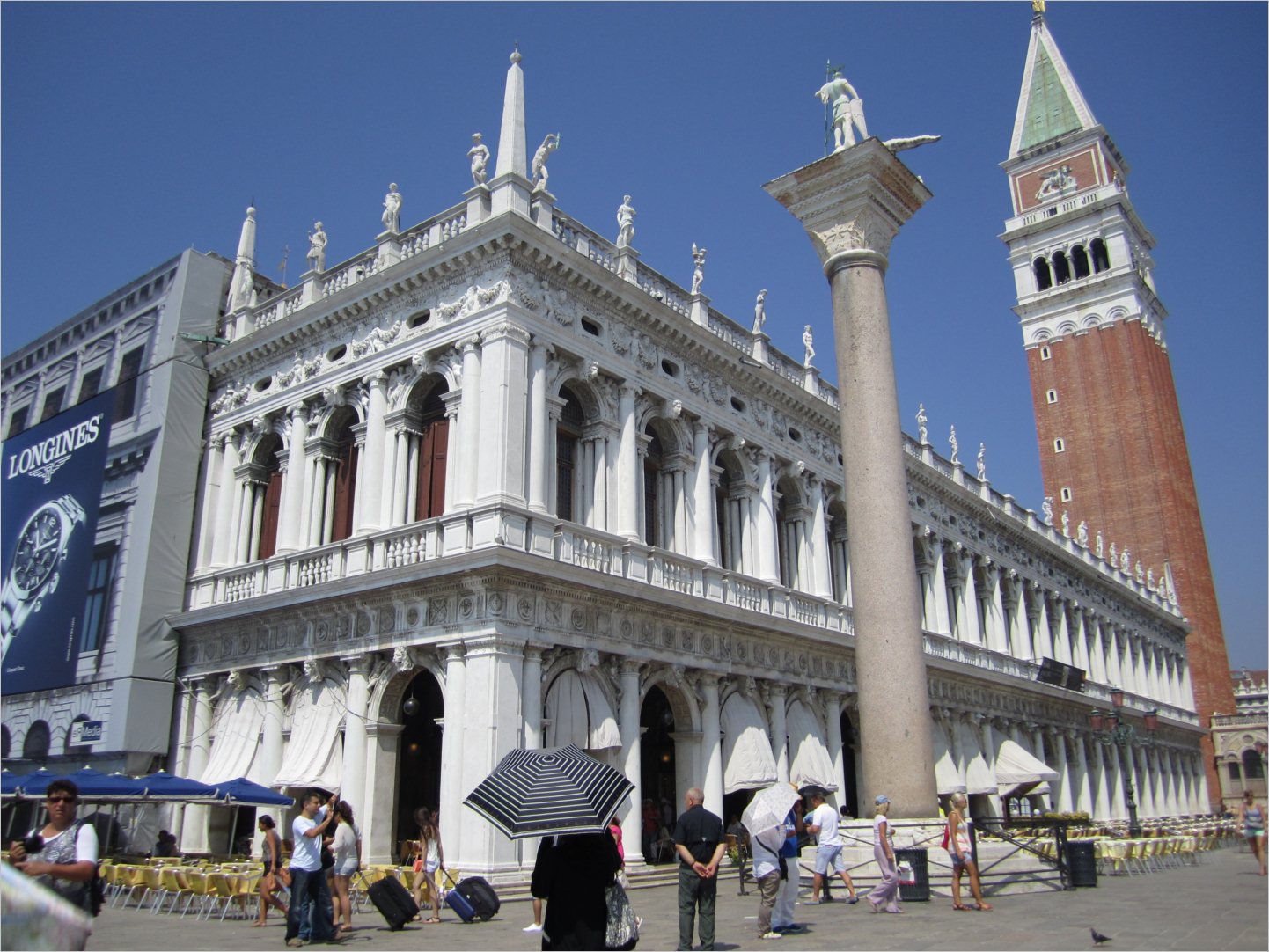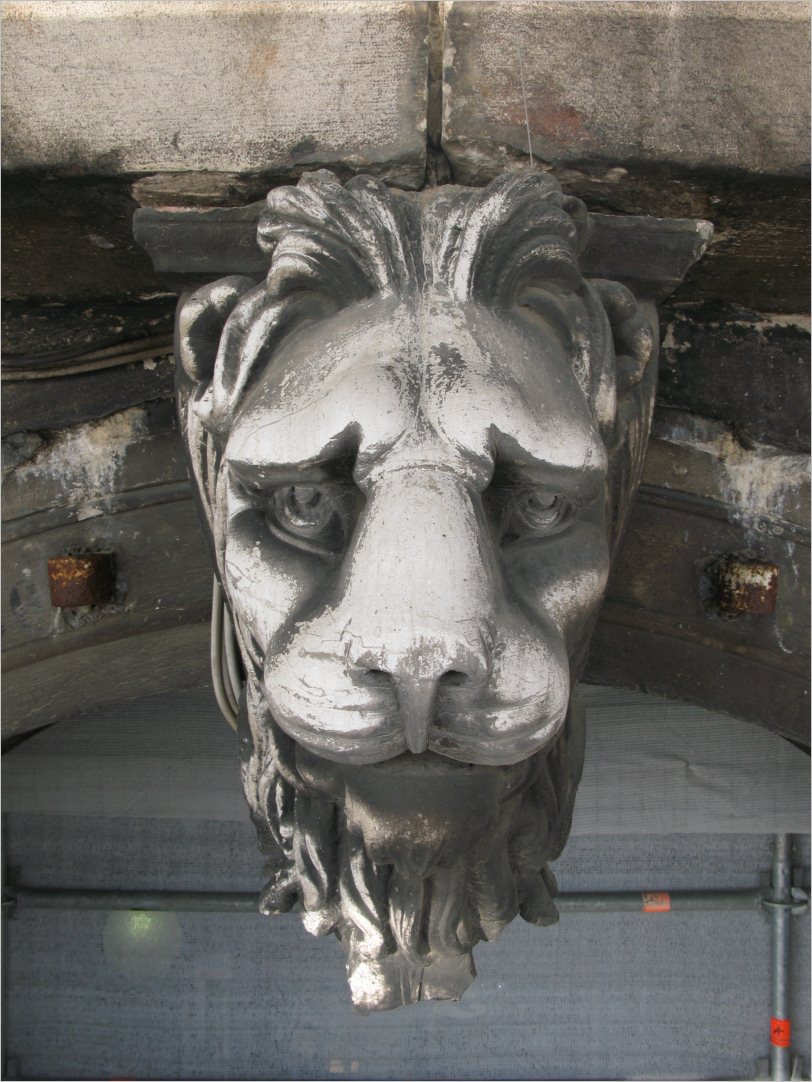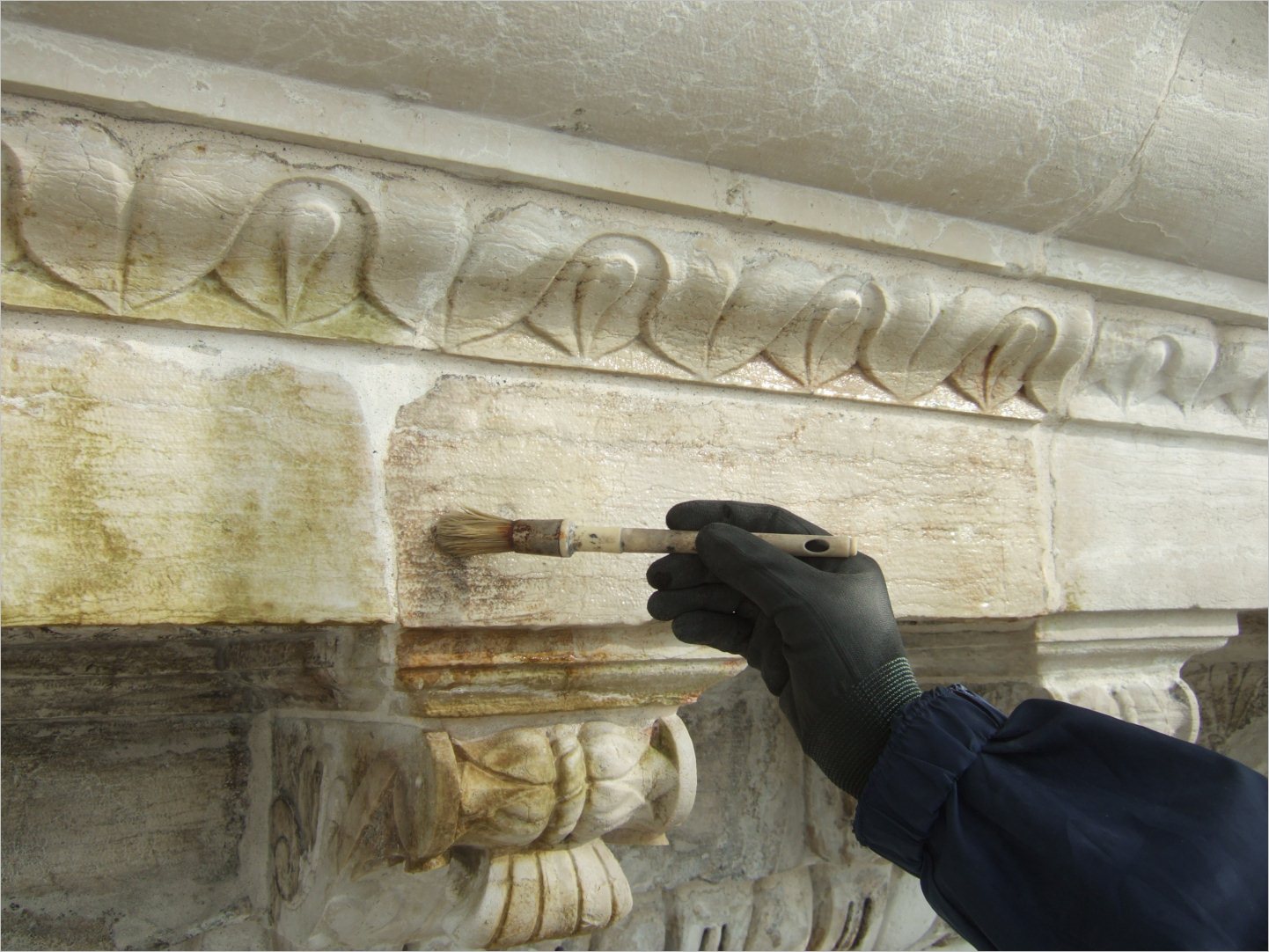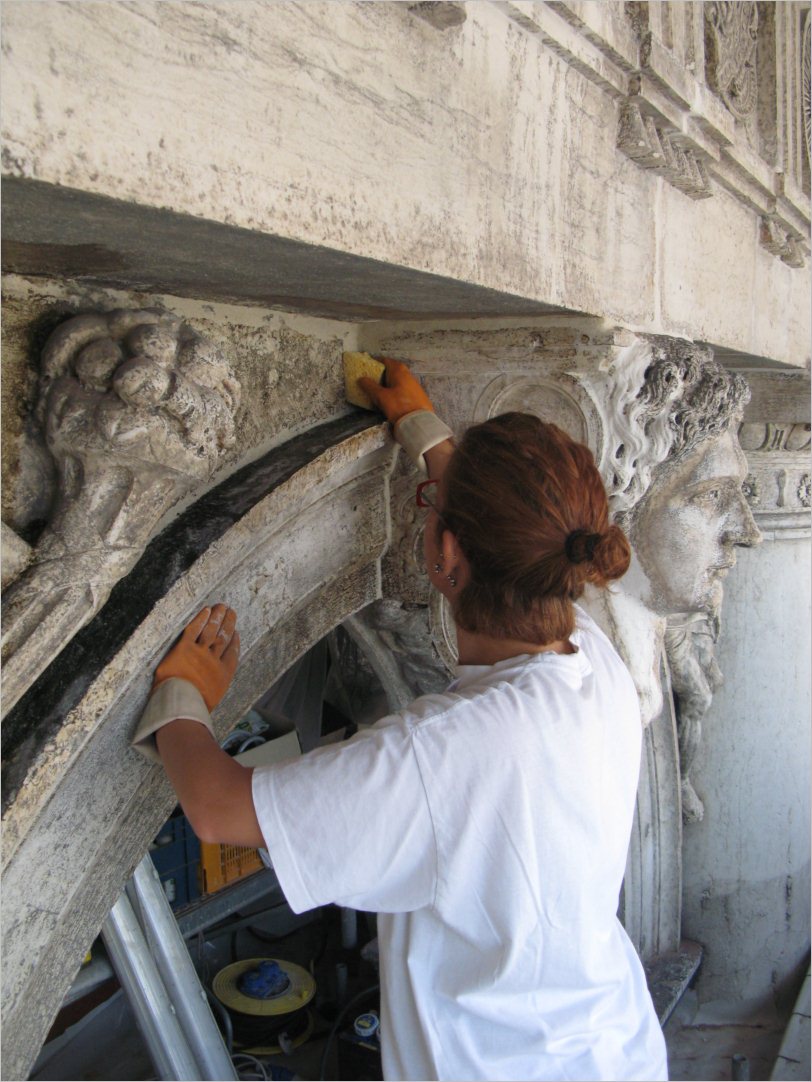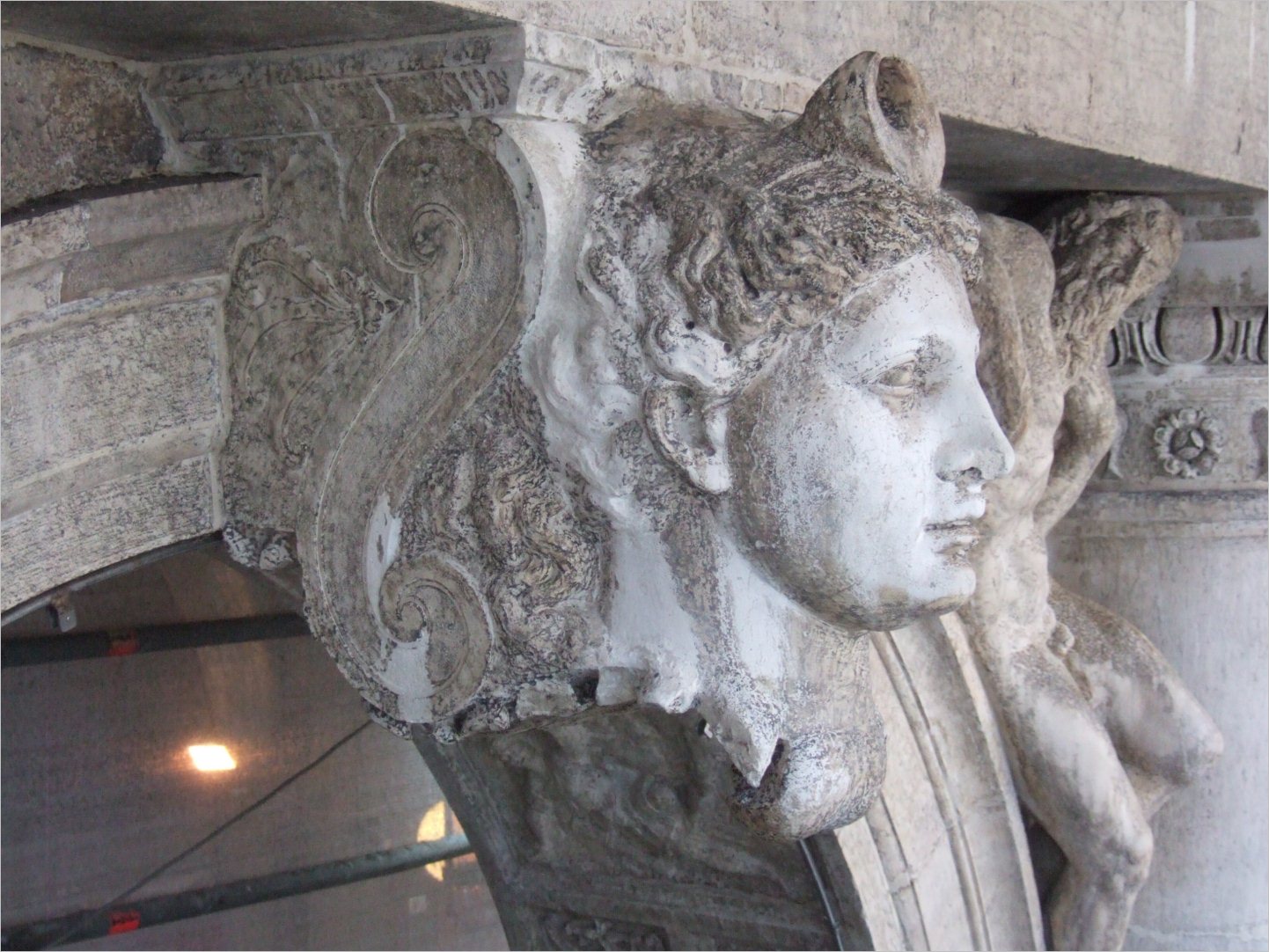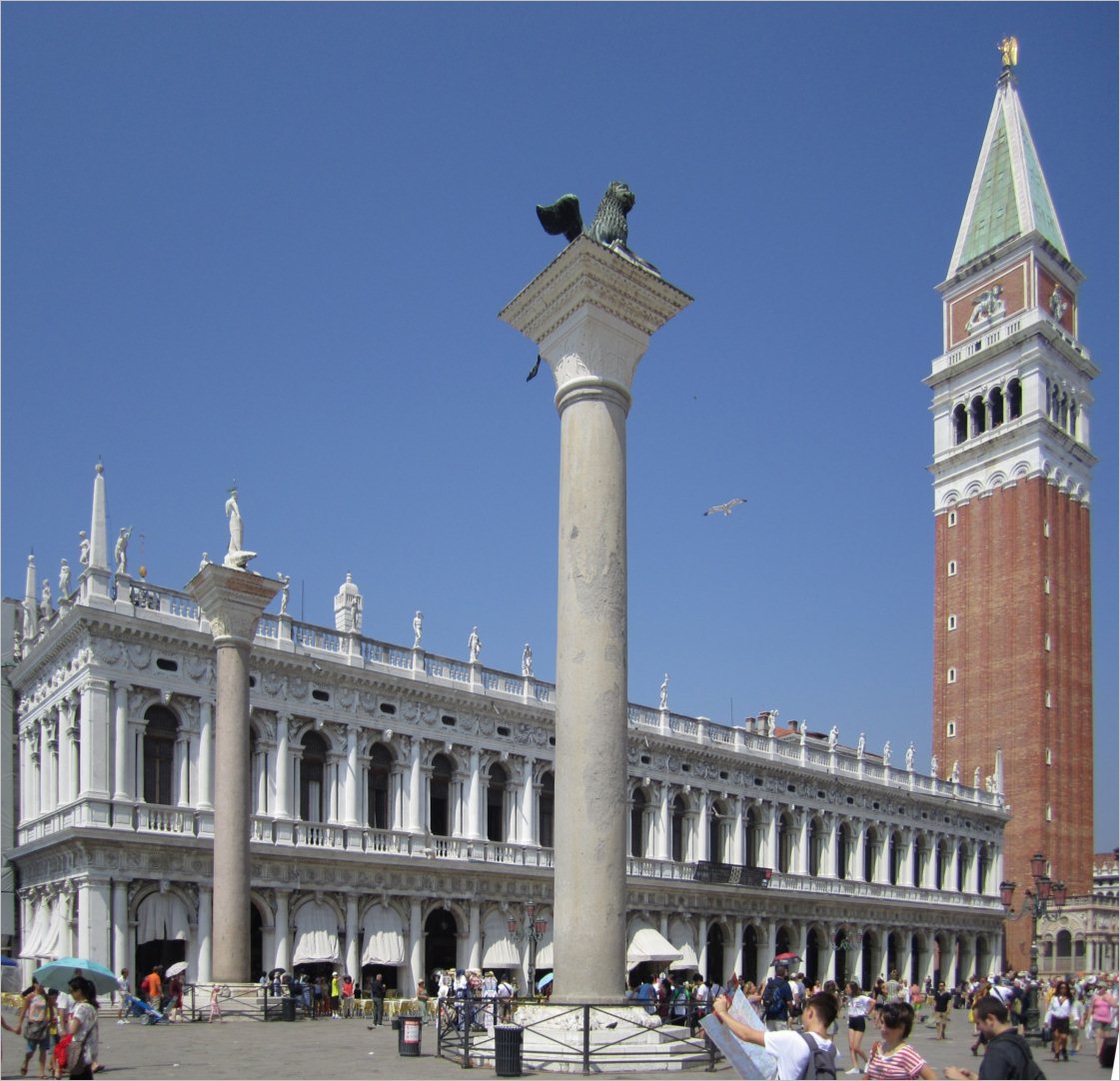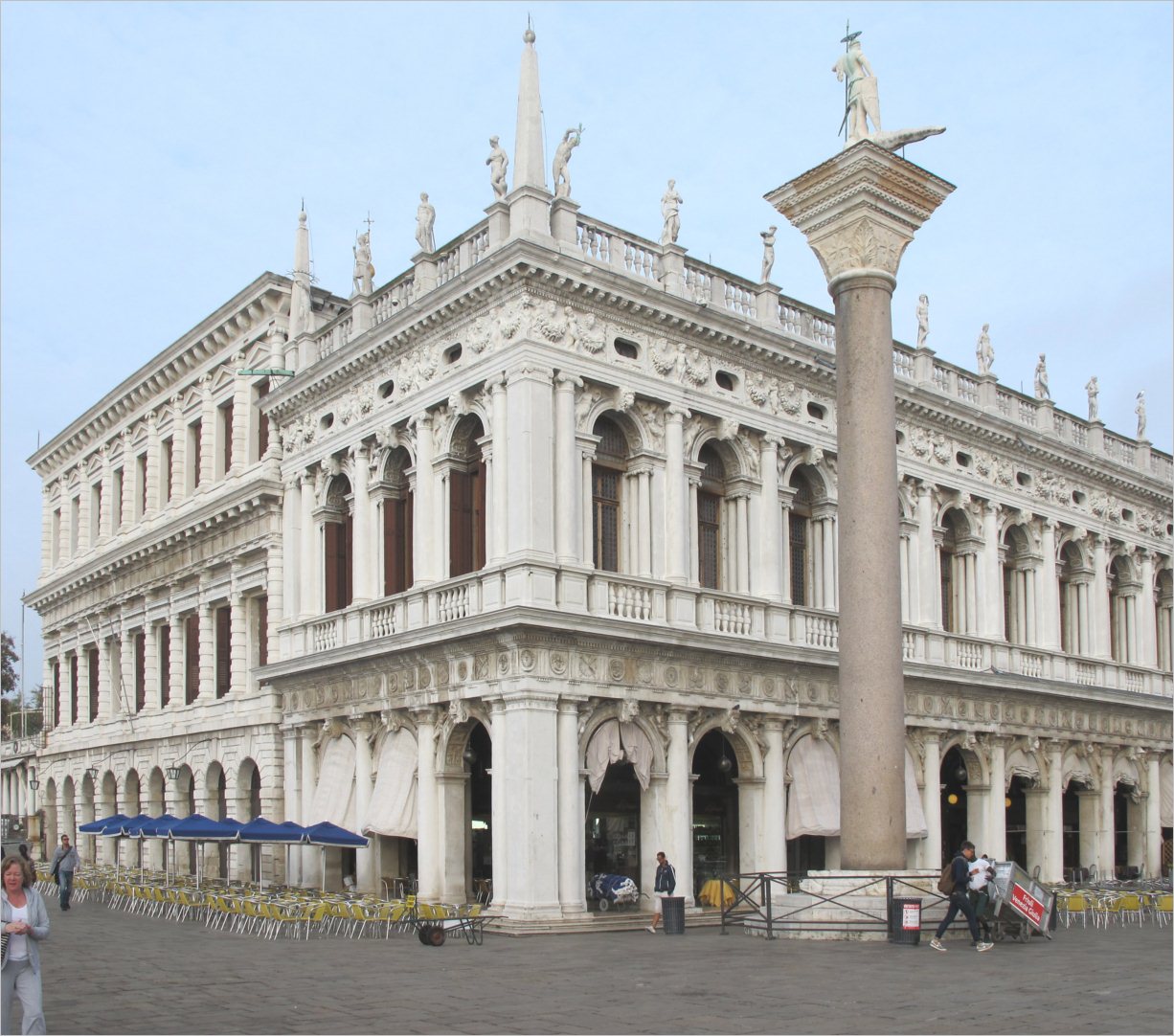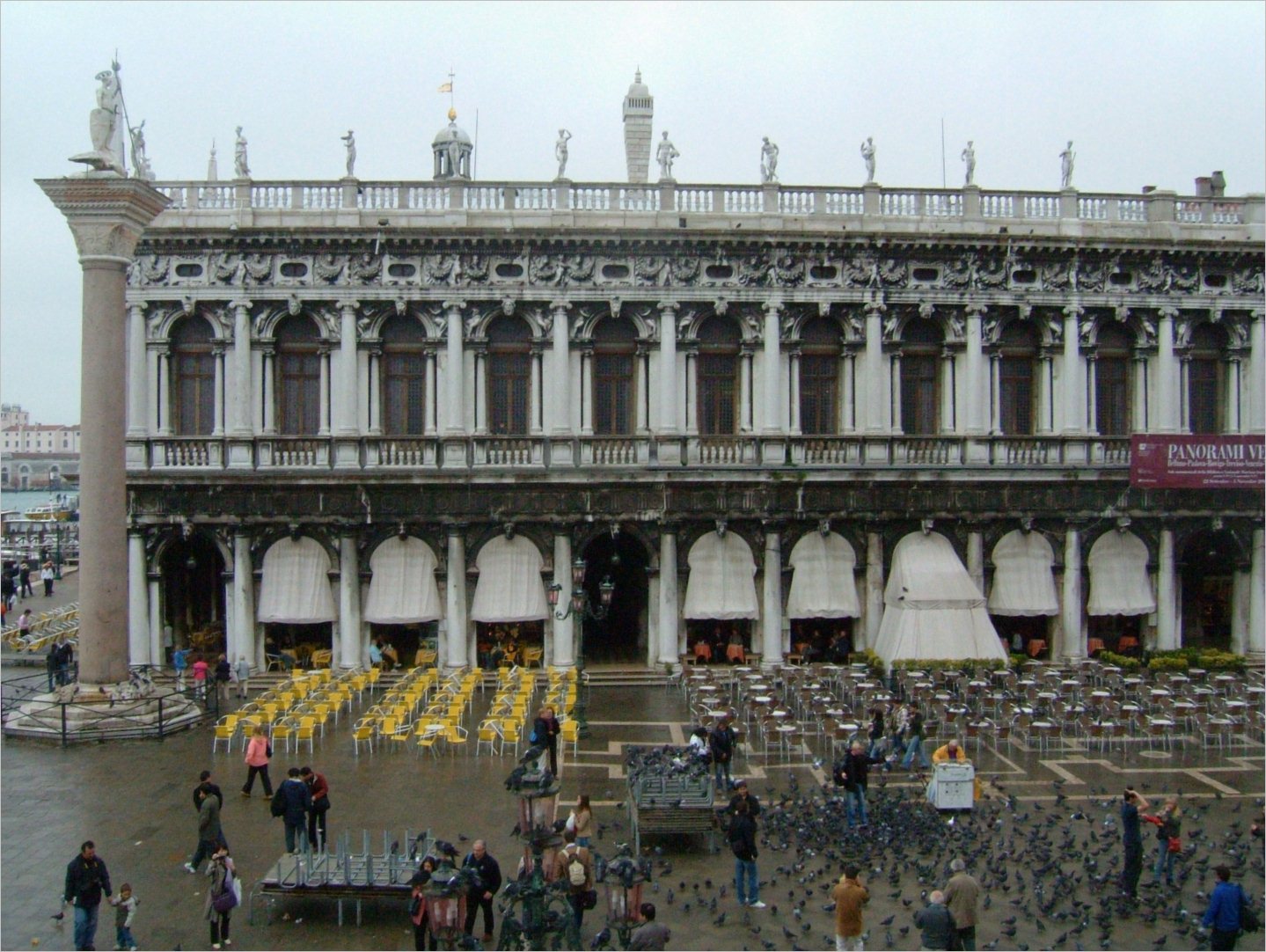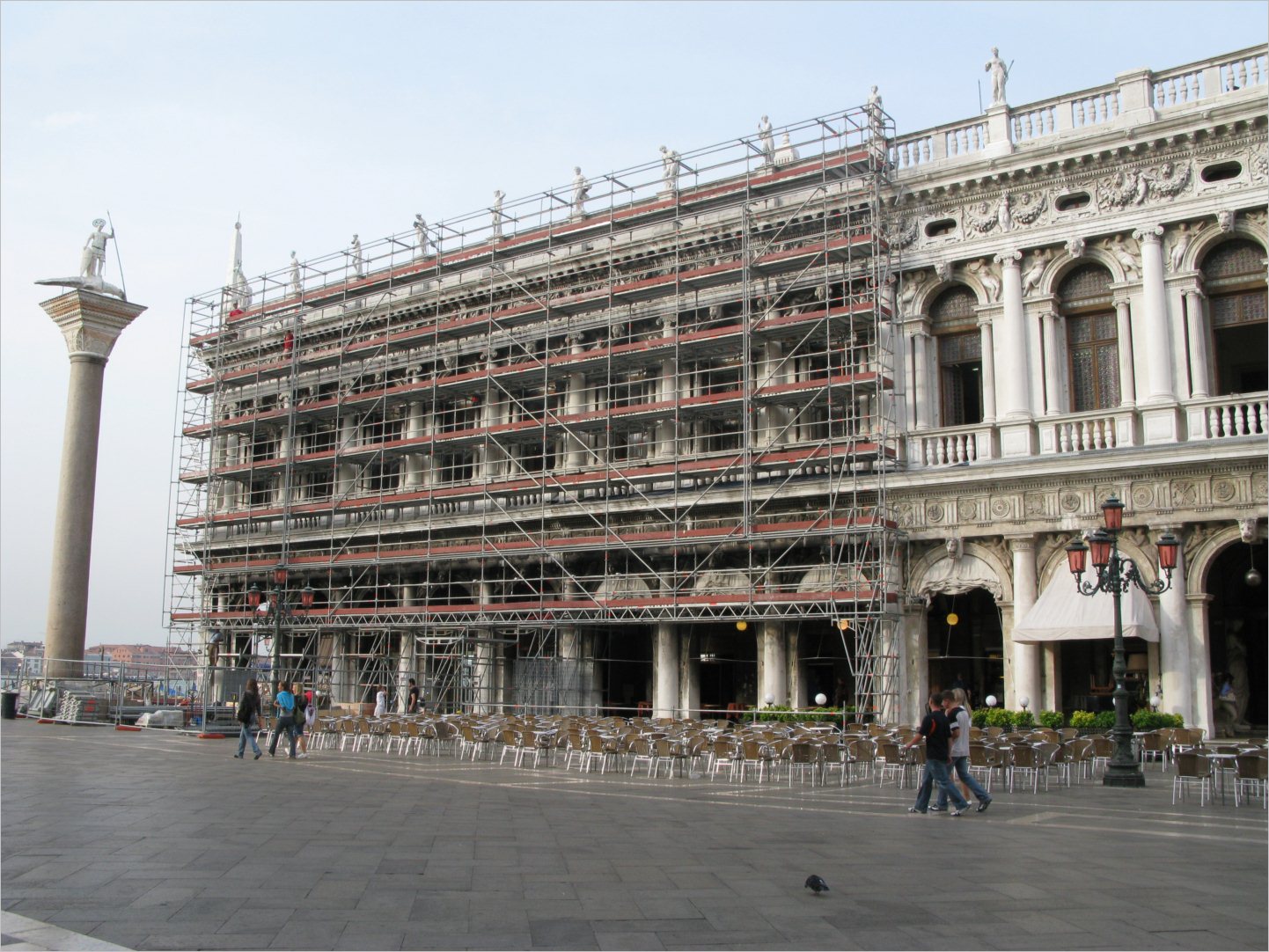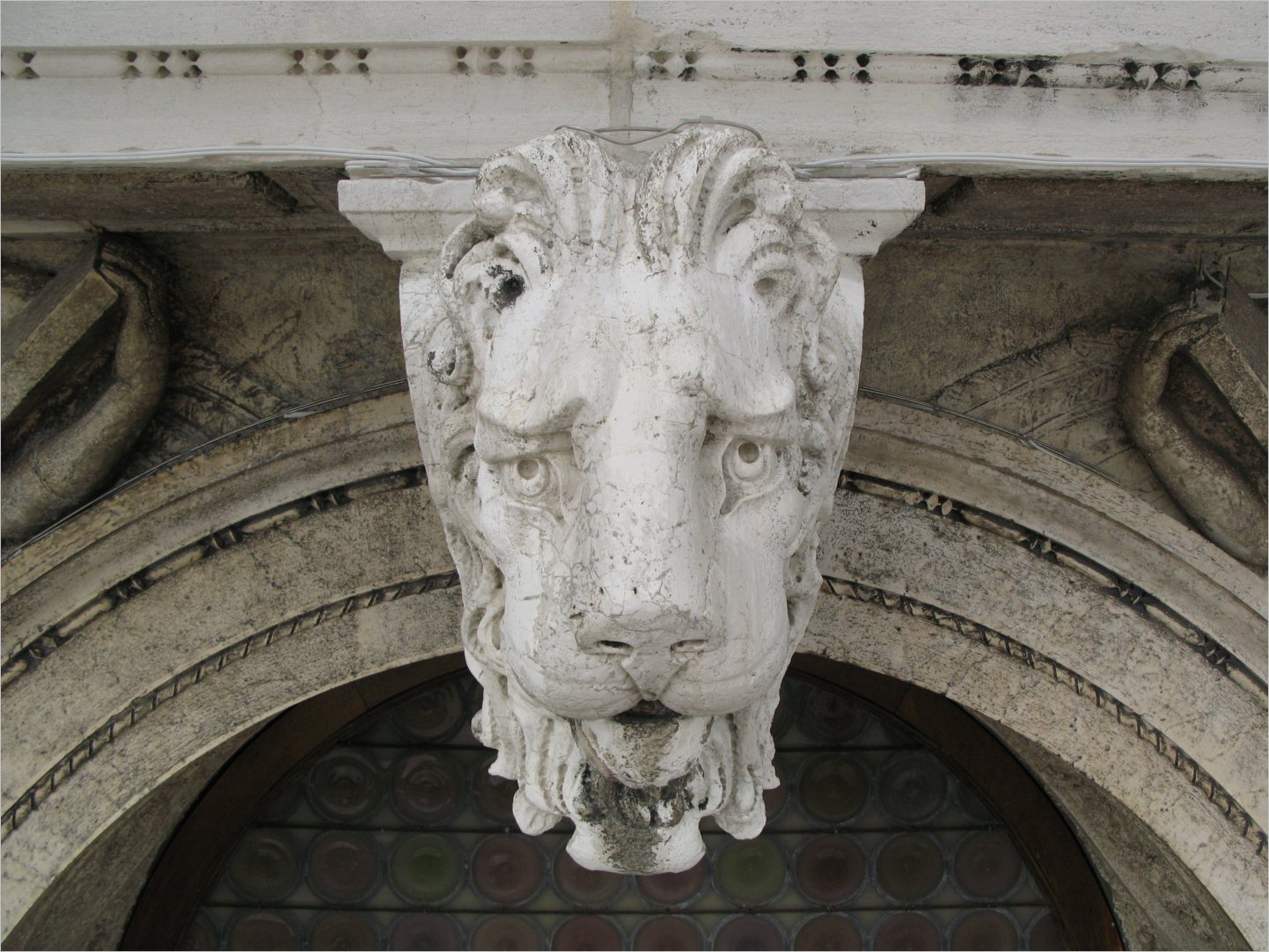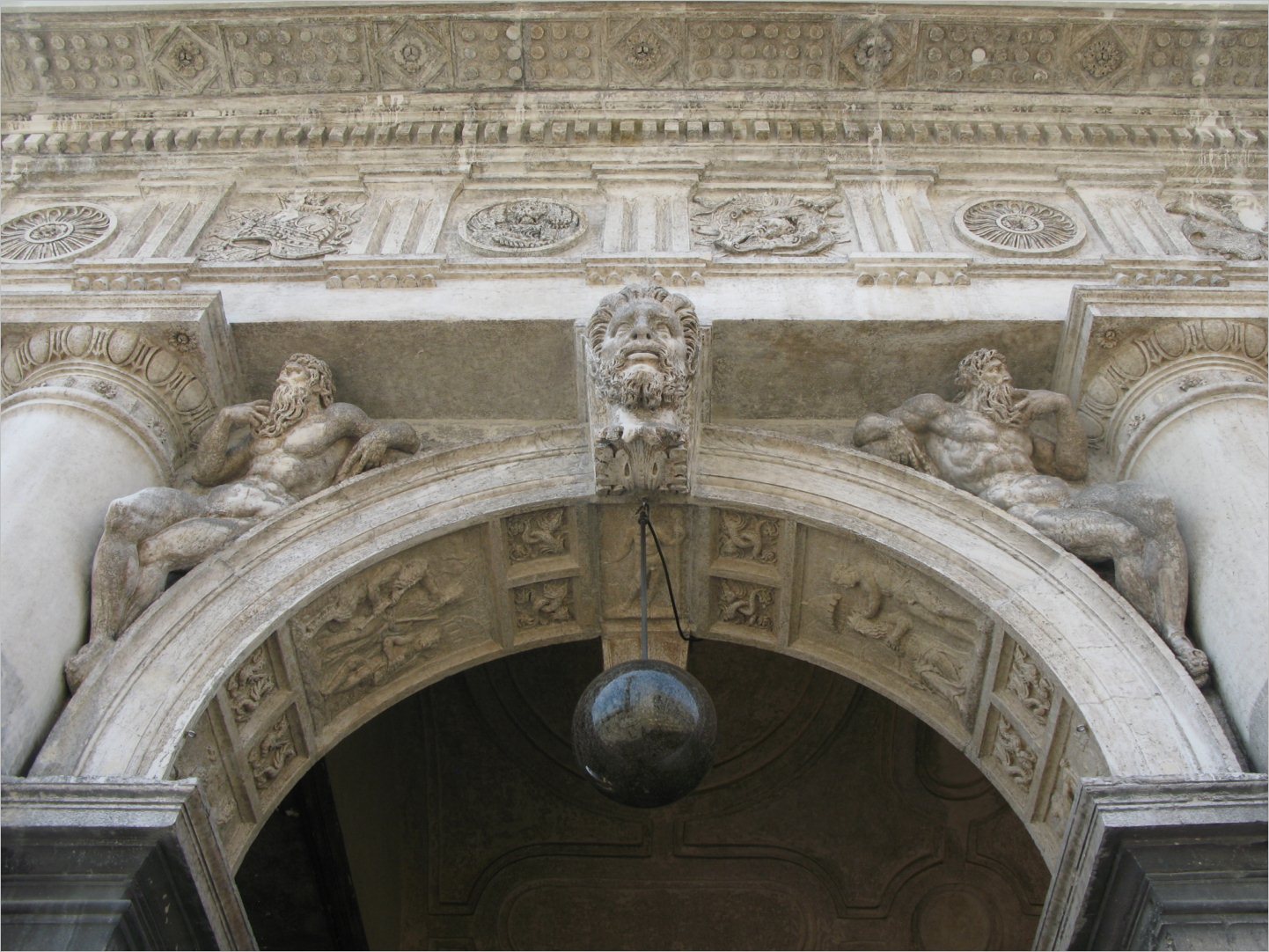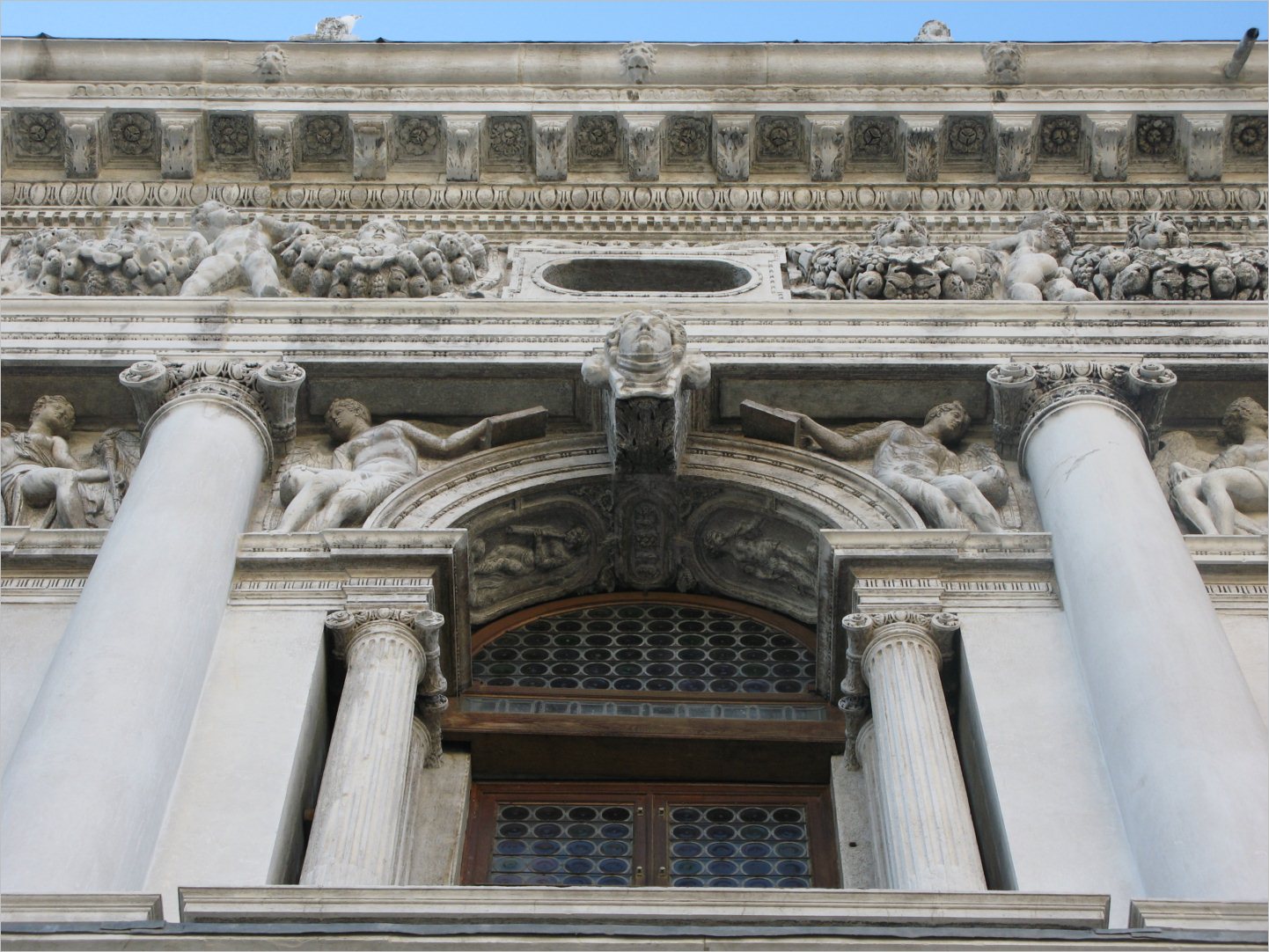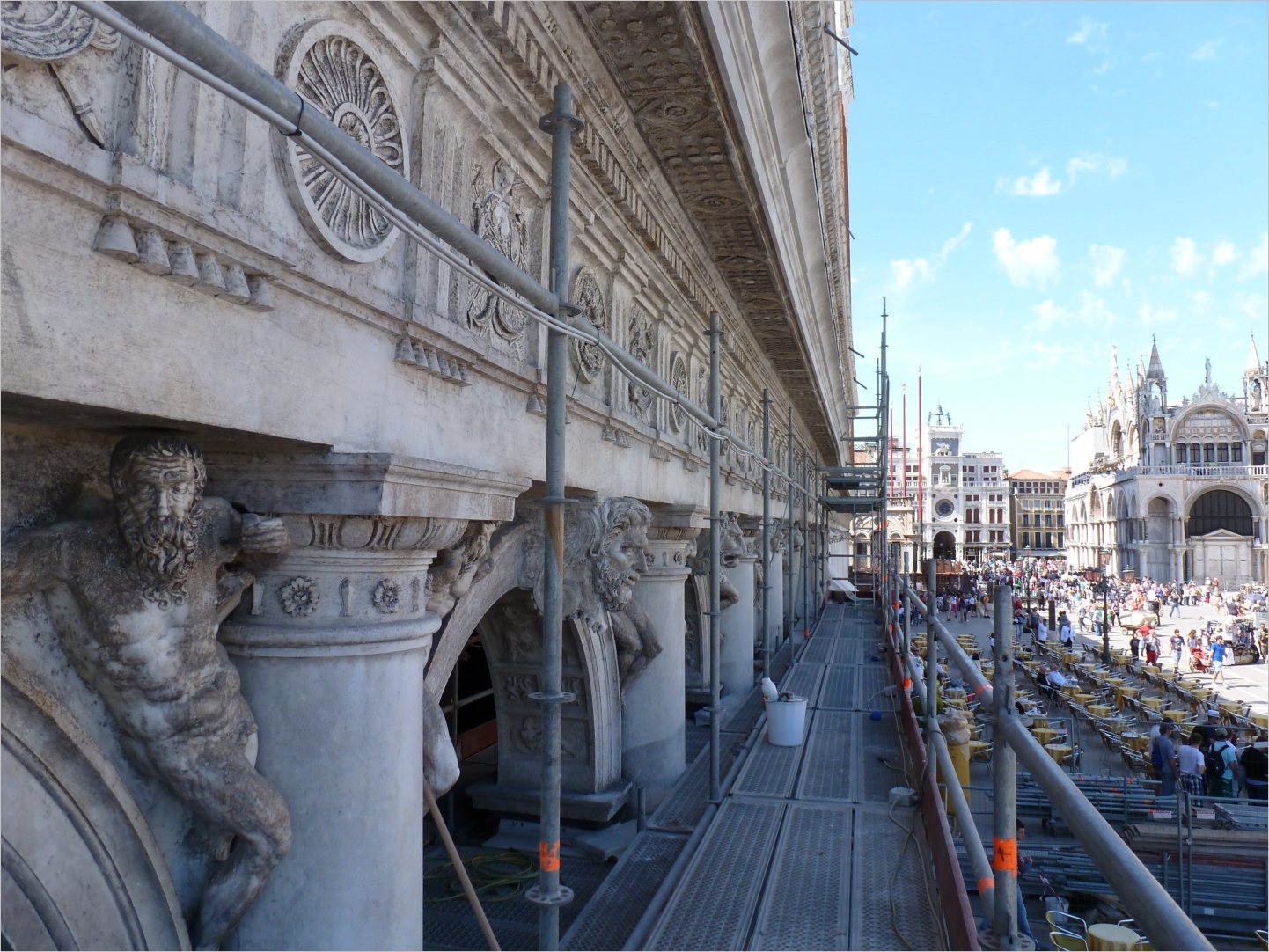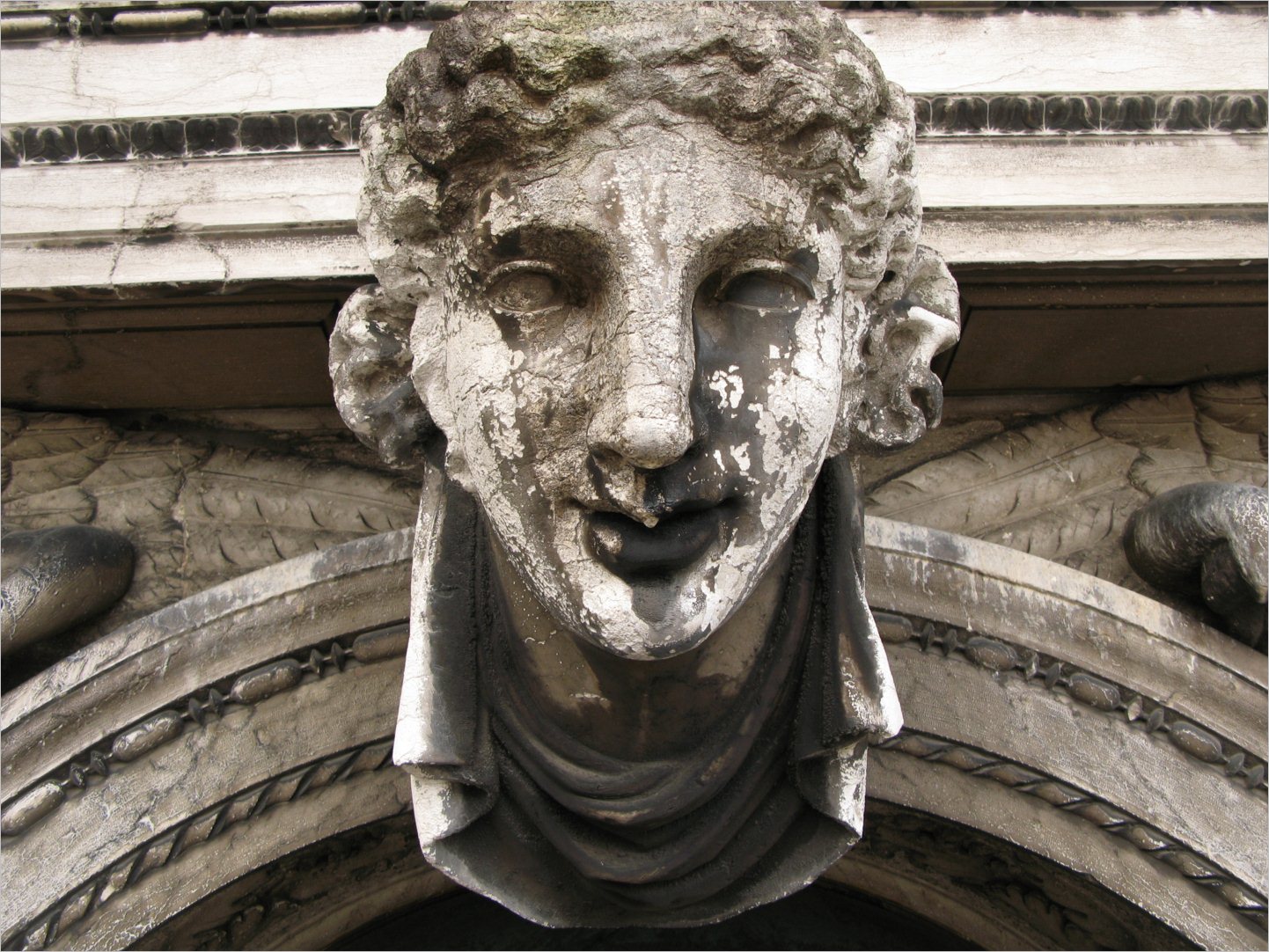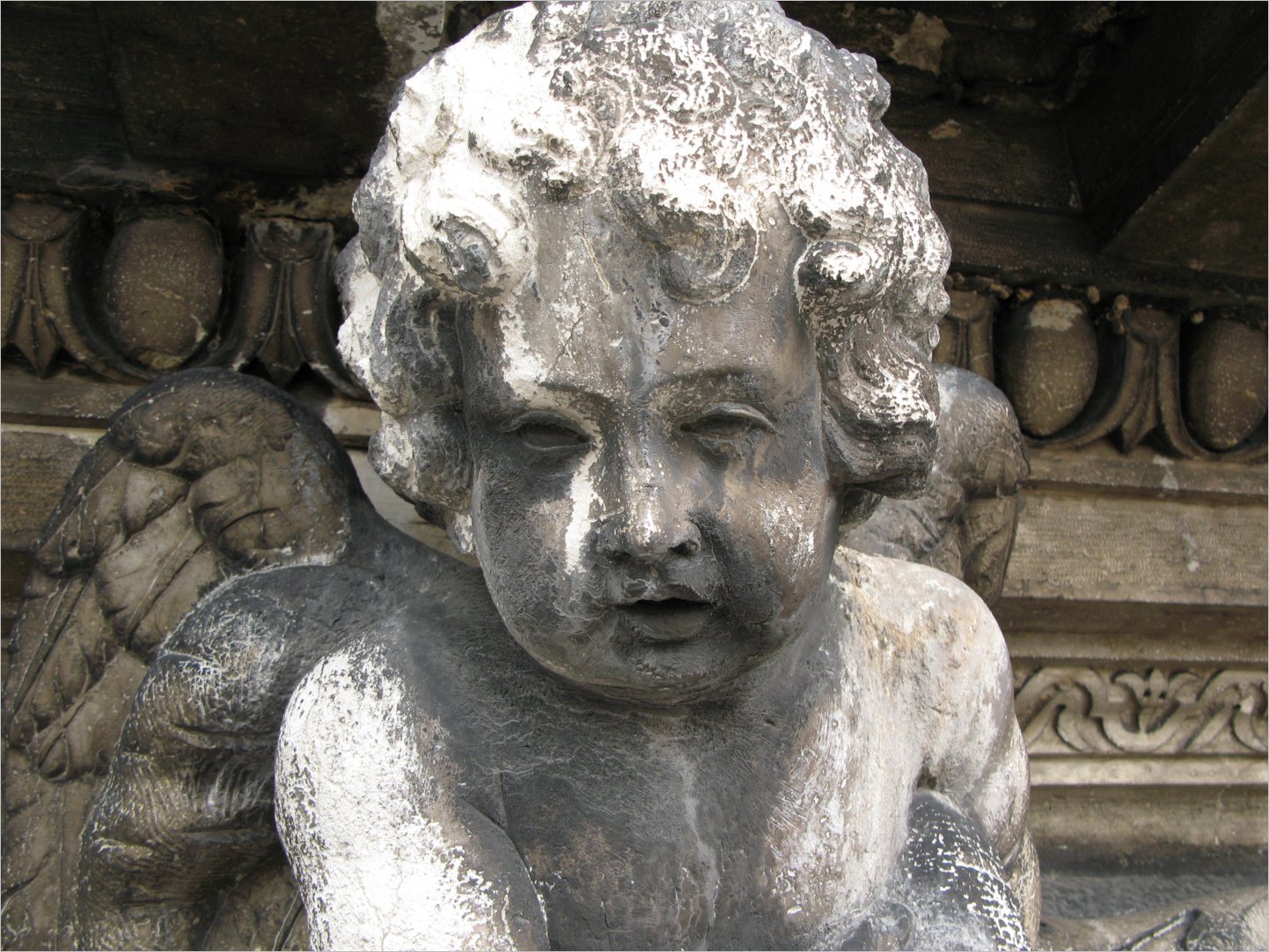Restoration – Marciana Library, Veniceinfo@pasnet.it2016-09-29T22:40:24+02:00
Historical note
San Marc square layout go back to the XII sec. and precisely in the 1178 when the water canal Rio Batario was demolish together with S. Geminiano church. This was then rebuilt at the end of the square to the opposite side of San Marc Basilica.
During the same period on the north side the Procuratorie Vecchie and the tower bell were built in front of the Basilica. Between the 1500 and 1512 another floor was added to the Procuratorie vecchie by Mauro Colussi architect, the gothic church of S. Geminiano was demolished and rebuilt by Jacopo Sansovino, the great innovator
that changed the square from a gothic space into a magnificent example of roman classic, giving impulse to the culture of the square and the whole city.
During 1536 and 1540 was built Marciana Library and the loggia at the side of the tower bell again by Sansovino.
The building façade is decorated with sculptors as the roman models. The building was finish only in the 1588 by Vicenzo Scamozzi that took the place of Sansovino when died in the 1570.
Palladio defined the biblioteca as “the most rich and decorated building never built from the past until now”.
Restoration
in partnership with Gerso – Restauro opere d’arte
The aim of the restoration was to leave on the decoration of the Libreria Marciana all the signs and marks that the events left during the years, respecting the historical value with particular respect to time, surface and age.The stone surface in Istria Stone was compromise by the corrosion typically of the venetian area.These surface are characterized by a complex sequence of layers of different nature, some were intentional treatment, like patina and overtone, layer of deposit of different type, layer of erosion like black scab with placer mining of different intensity. The conservation aim to remove only the layers that was the alteration of materials and not compatible with the stone that could be cause of more degeneration with time.The material used for this was specifically formed in order to be compatible with the chemical structure of the existing materials, giving priority to methodology that allow the restorers to be able to be gradual, selecting and that can control the reaction step by step.






